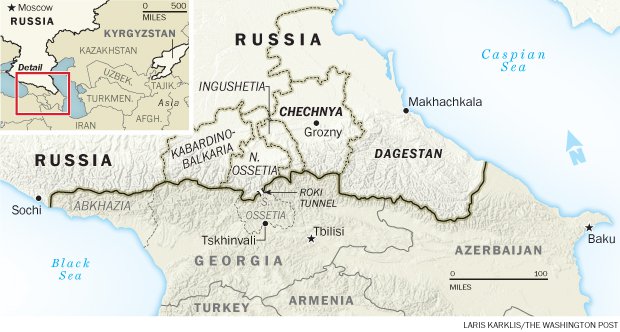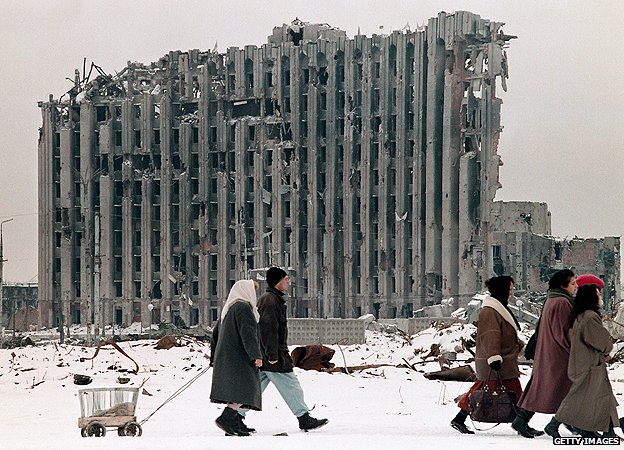The Russo-Chechen conflict is a strenuous trial for the present Russian state, a product of unresolved cultural contradictions; stemming largely from the forceful imposition of Russian colonial rule on the Chechen’s. From the 13th century right through until the end of the 19th century, the Chechen’s have consistently been forced to defend their land against foreign invaders, including the Russians. These relentless centuries have moulded their character. The Russians repeatedly attempted to subdue Chechnya and the North Caucasus under their imperial rule, due to their economic interests in Chechnya’s strategic location and rich oil supply. The rhetoric of self-determination, and the reasonable desire of the Chechen’s to correct the historical injustices to their people – such as the ‘ethnic cleansing’ under Stalin – has formed the foundations of their legal and emotional argument sustaining the descent of the area into a violent conflict. Almost the entirety of the population championed this notion, as it became the chief ideology proclaimed by the leaders of the Chechen resistance – and the later declared independent Republic. Fears of separatism spreading from Chechnya to other Russian Republics and economic interests in the North Caucasus region jeopardised, resulted in Russia’s entanglement in this conflict – emanating to the First and Second Chechen Wars. Islamic forces in the region have changed the nature of the conflict, as the vigorous Islamic threat and events such as the Beslan Massacre, forming a justification for continuing Russia’s “War on Terror”; further diminishing the chances of a peaceful solution in the near future.
-
Subscribe
Subscribed
Already have a WordPress.com account? Log in now.

